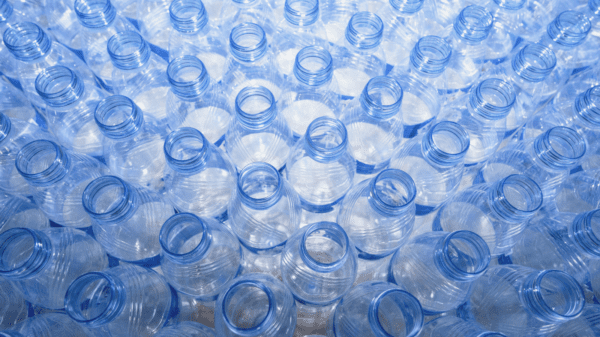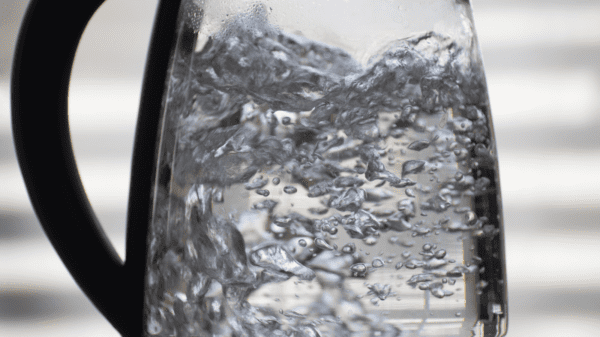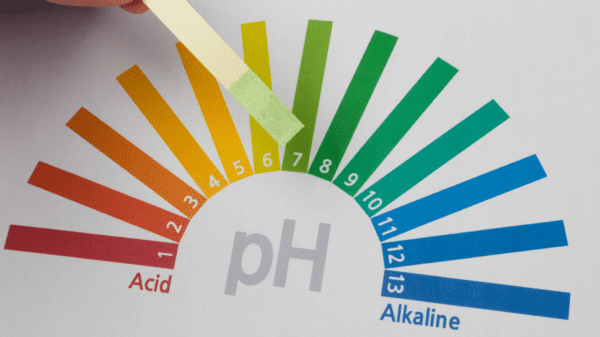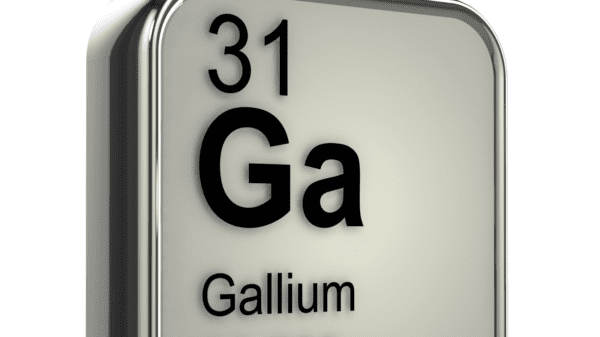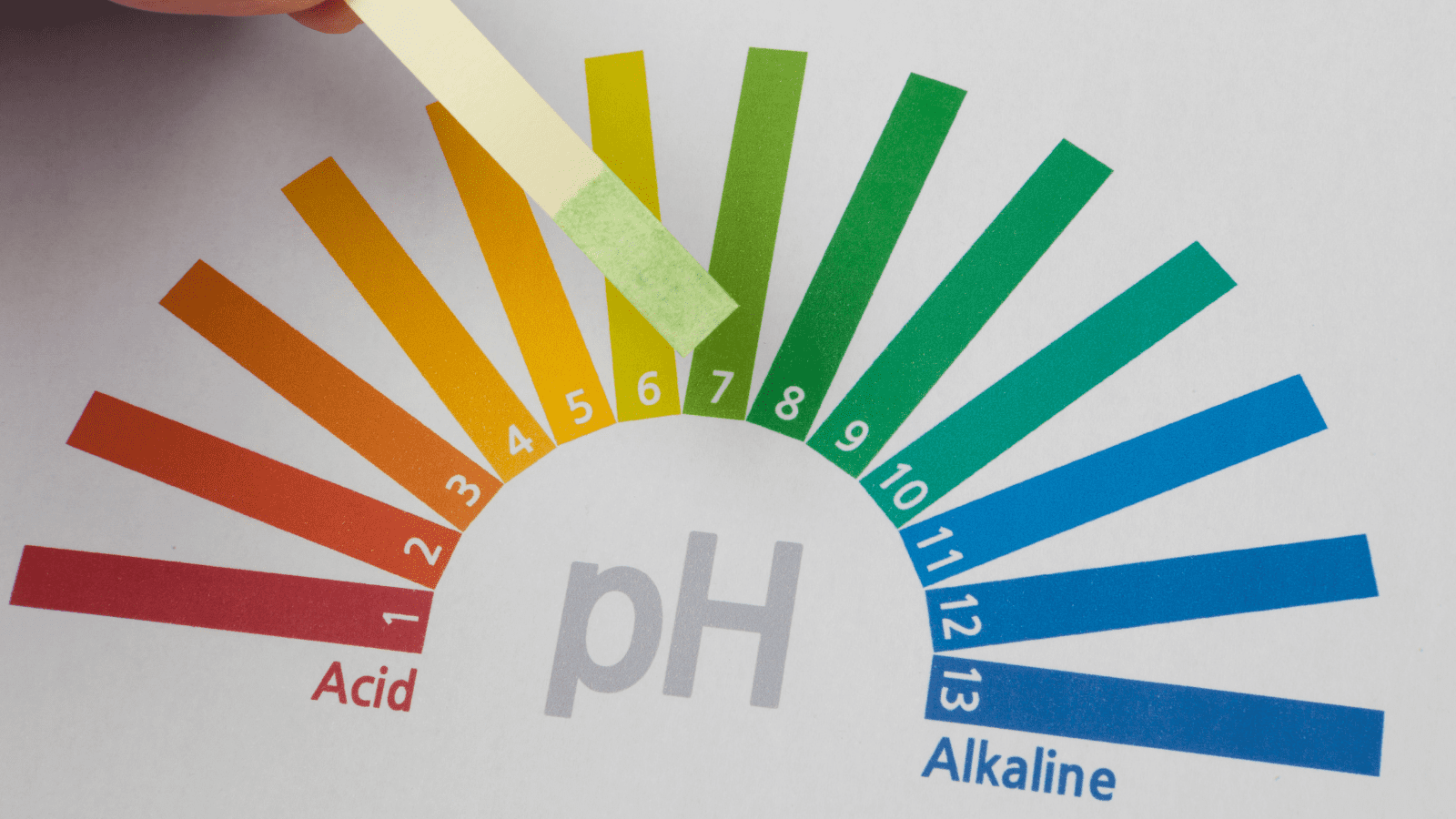Water is essential for our bodies to function properly, and the pH level of water is an important factor to consider when it comes to drinking water. pH is a measure of the acidity or alkalinity of a solution, and it can range from 0 to 14. A pH level of 7 is considered neutral, while a pH level below 7 is acidic, and a pH level above 7 is alkaline.
When it comes to drinking water, the pH level can have a significant impact on its taste, safety, and health benefits. In this blog post, we will explore the considerations for water pH levels in drinking water.
Table of Contents
Table: pH Water Guide
| Category | pH Range | Effects/Considerations |
|---|---|---|
| Water Safety | Below 6.5 or above 8.5 | Can cause health problems, corrosion, lead leaching, mineral buildup, and scale in pipes and appliances. |
| Taste | Below 7 (acidic) | Sour or bitter taste. |
| 7 (neutral) | Refreshing taste, usually preferred by most people. | |
| Above 7 (alkaline) | Sweet or bitter taste. | |
| Health Benefits | Between 7.5 and 8.5 (slightly alkaline) | Potential benefits include reducing acid reflux, improving digestion, and boosting the immune system. |
| Water Treatment | Varies depending on source and treatment | Lime softening and soda ash treatment are common methods to adjust pH levels for safe consumption. |
| pH Testing | All ranges | pH test kits, such as pH test strips, are essential for monitoring drinking water pH levels. |
pH and Water Safety
The pH level of water is a crucial factor in determining its safety for consumption. Water with a pH level below 6.5 or above 8.5 can be unsafe to drink as it can cause health problems such as stomach issues, skin irritation, and tooth decay.
Acidic water with a pH level below 6.5 can be corrosive to pipes, which can lead to the leaching of lead and other metals into the water supply. This can be particularly dangerous for infants, young children, and pregnant women as lead exposure can lead to developmental issues.
On the other hand, water with a pH level above 8.5 can have a high concentration of minerals such as calcium, magnesium, and potassium, which can cause water hardness and scale buildup in pipes and appliances.
pH and Taste
The pH level of water can also affect its taste. Water with a pH level below 7 can taste sour or bitter, while water with a pH level above 7 can taste sweet or bitter. Neutral water with a pH level of 7 can have a refreshing taste and is usually preferred by most people.
The taste of water can also be affected by the presence of minerals such as iron, manganese, and sulfur. These minerals can give the water a metallic or sulfuric taste and smell, which can be unappealing to most people.
pH and Health Benefits
Drinking water with a slightly alkaline pH level (between 7.5 and 8.5) can have health benefits such as reducing acid reflux, improving digestion, and boosting the immune system. Alkaline water can also act as an antioxidant, helping to neutralize harmful free radicals in the body.
However, it’s important to note that there is still limited research on the health benefits of alkaline water, and more studies are needed to confirm its benefits.
pH and Water Treatment
Water treatment plants use different methods to adjust the pH level of water to make it safe for consumption. The most common methods are lime softening and soda ash treatment.
Lime softening involves adding lime (calcium oxide) to the water to increase the pH level and reduce the acidity. This method is commonly used to remove hardness-causing minerals such as calcium and magnesium.
Soda ash treatment involves adding sodium carbonate to the water to increase the pH level and neutralize any acidic compounds in the water. This method is commonly used to treat water with low pH levels due to acid rain or acid mine drainage.
pH Testing
pH testing is an essential tool for monitoring the pH level of drinking water. pH test kits are widely available and easy to use. The most common method is to use pH test strips that change color depending on the pH level of the water.
It’s important to note that the pH level of water can vary depending on its source, treatment, and distribution. Therefore, regular testing is essential to ensure that the pH level is within the safe range for consumption.

